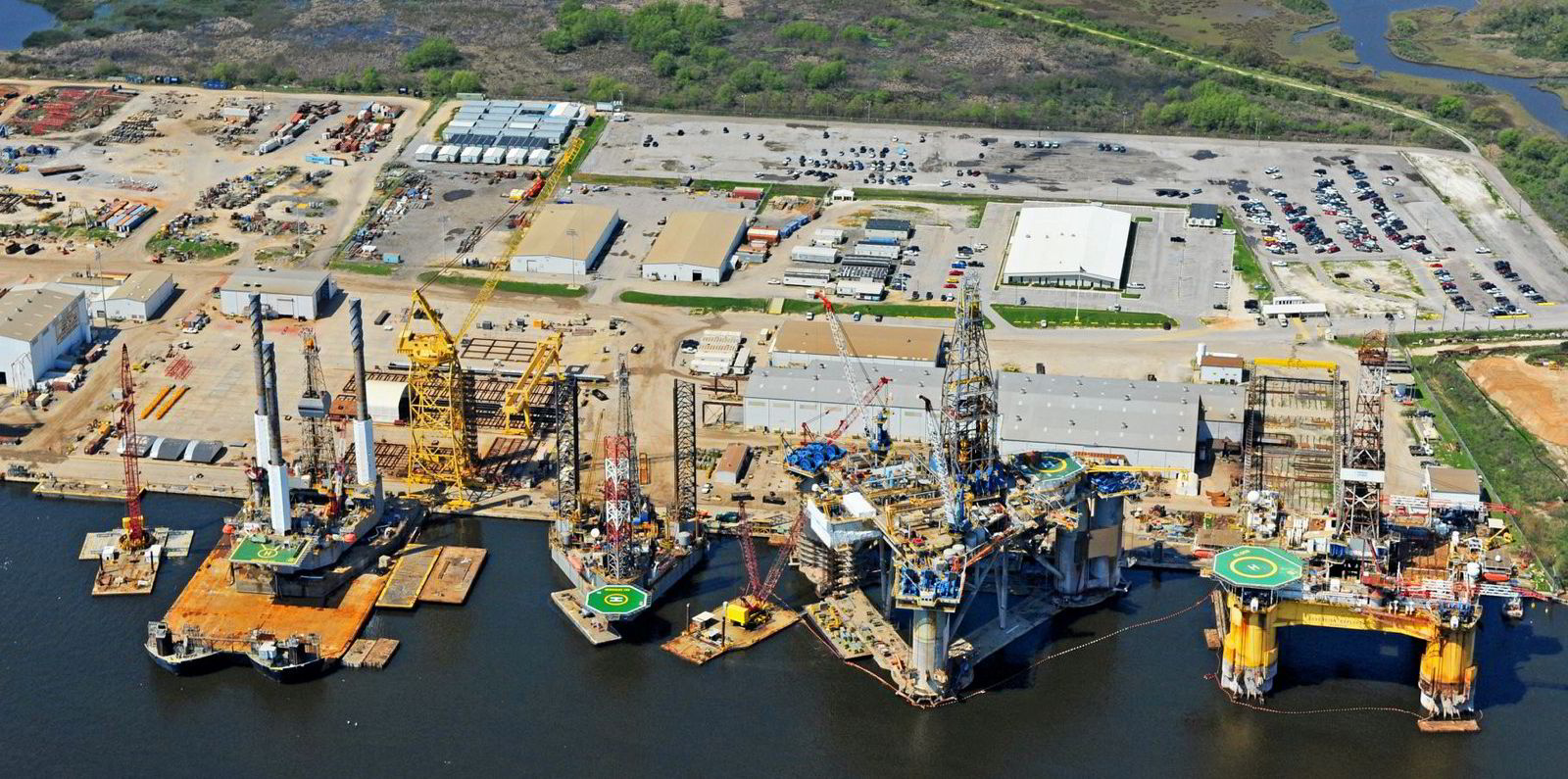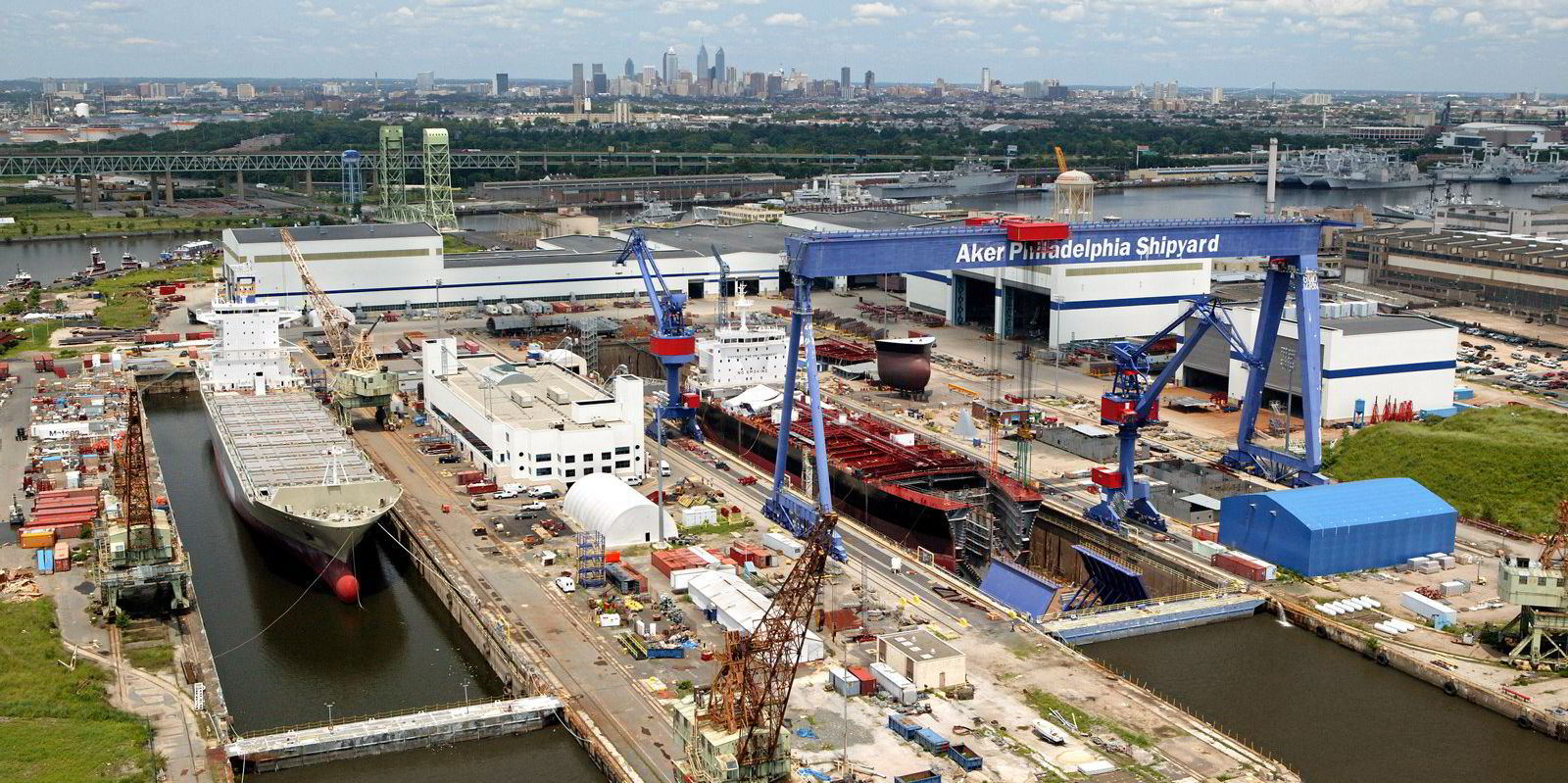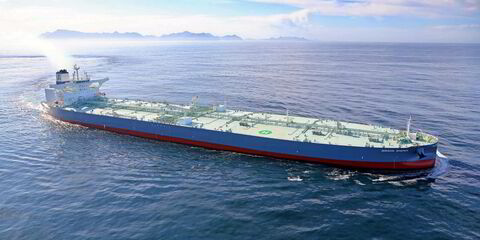Singapore might be thousands of miles away from the US, but the city-states domestic yards look set to play a big part in the US' offshore wind revolution.
TradeWinds has previously reported that three yards in the US are in the running for New York-listed Eneti’s $500m wind turbine installation vessel (WTIV) newbuilding project.
Two of the three shipyards have been identified as Keppel AmFELS in the Gulf of Mexico and the ST Engineering-backed Halter Marine and Offshore in Mississippi.
Industry experts suggest that the US will need at least five to six Jones Act WTIVs to meet its current wind-farm installation plans.
Contract value
At around $500m per newbuilding, this equates to almost $3bn in potential contract value to the successful shipyard.
Keppel’s facility in Brownsville, Texas, is already building the first WTIV to comply with the Jones Act with delivery expected in 2023.
The century-old Jones Act mandates that goods shipped between domestic ports be carried on locally built, US-flag vessels, crewed and owned primarily by Americans.
The law enjoys broad support from elected officials, who say it provides jobs and strengthens national security. Critics argue that it raises costs.
The ship, which will be named Charybdis, has been ordered by Dominion Energy of Virginia and has already secured its debut charter contract.
It will start in the employment of US utility Eversource and Danish green energy player Orsted to aid in the construction of two wind farms in the Atlantic Ocean.
Halter Marine and Offshore has yet to build a WTIV but has a long history of constructing vessels for the offshore oil and gas industry.
Eco vessels
However, in 2020 ST Engineering unveiled an "eco" service operation vessel (SOV) designed to be used to service offshore wind farms.
“Having identified the renewables segment as well-suited to ST Engineering’s capabilities, the SOV concept is targeted at operators looking for a more cost-effective and reliable engineering solution,” the company said at the time.
ST Engineering said it could cater to the needs of global developers and operators, so the construction was available out of its Singapore or US shipyards.





